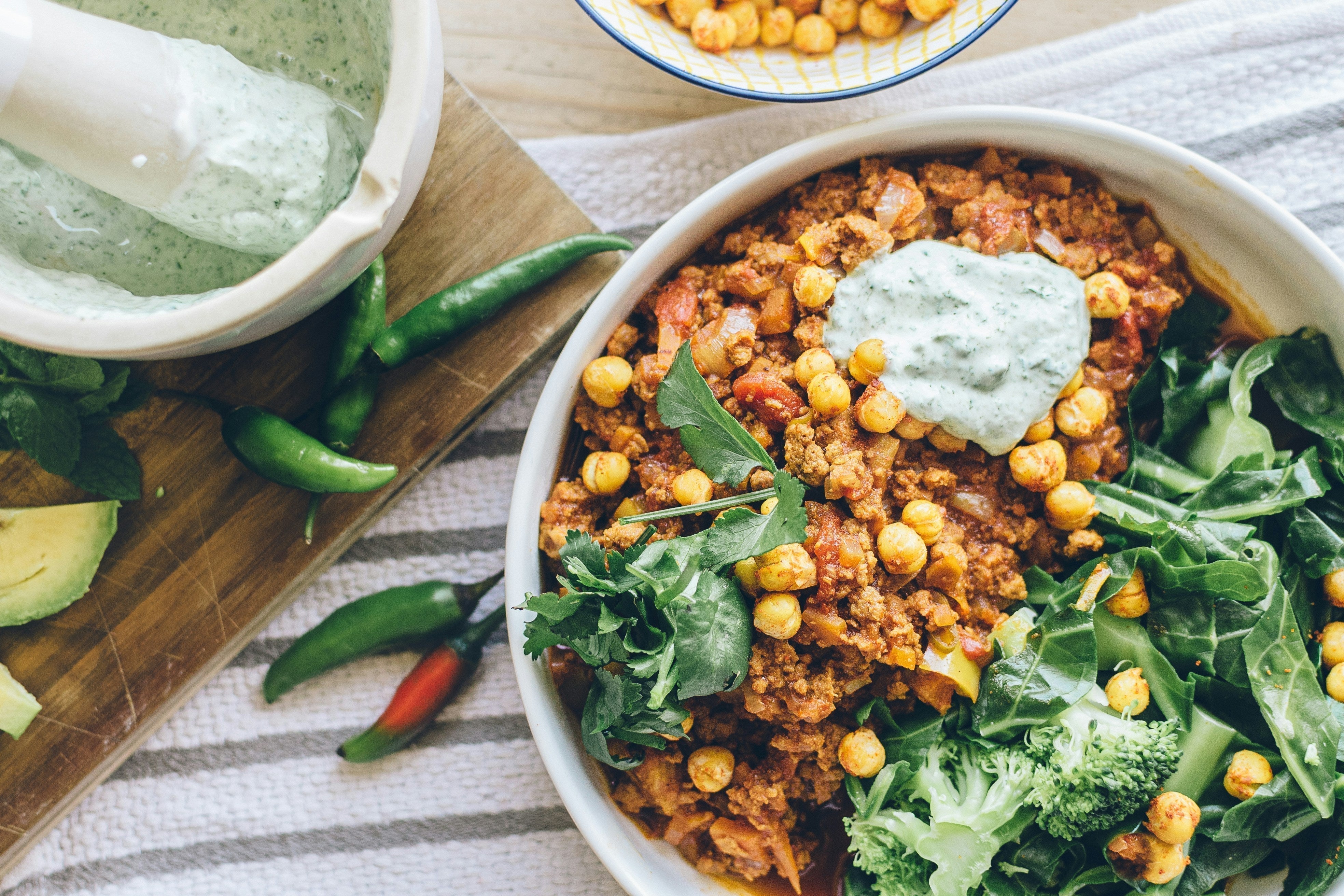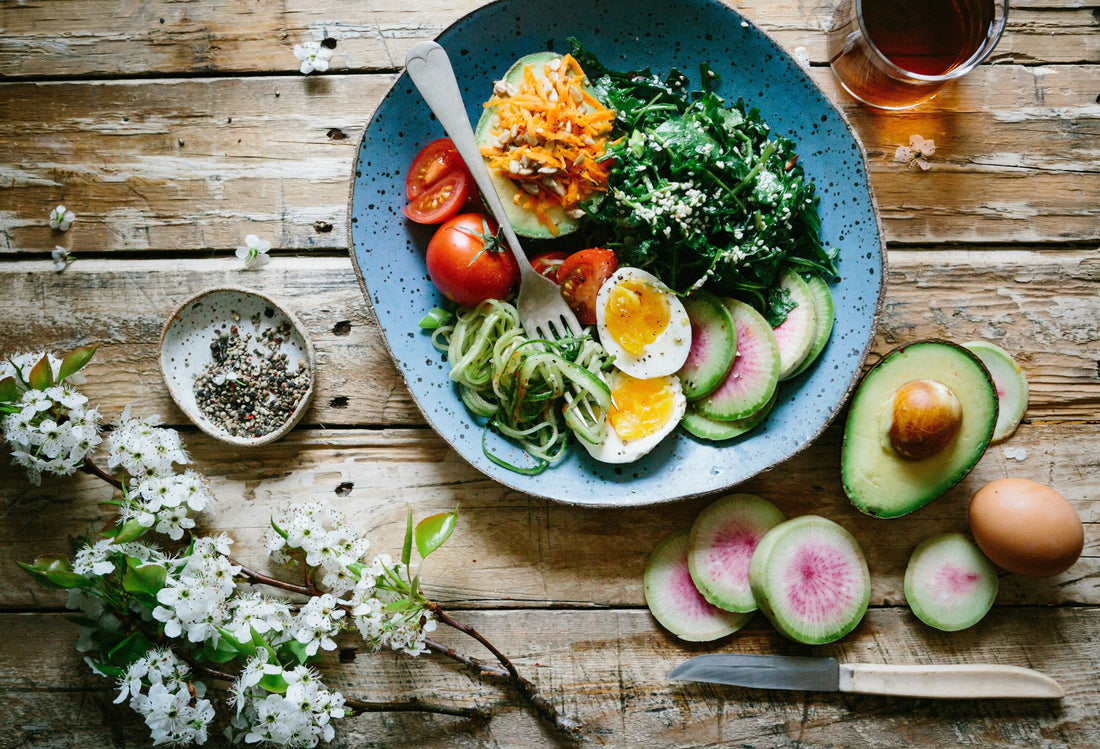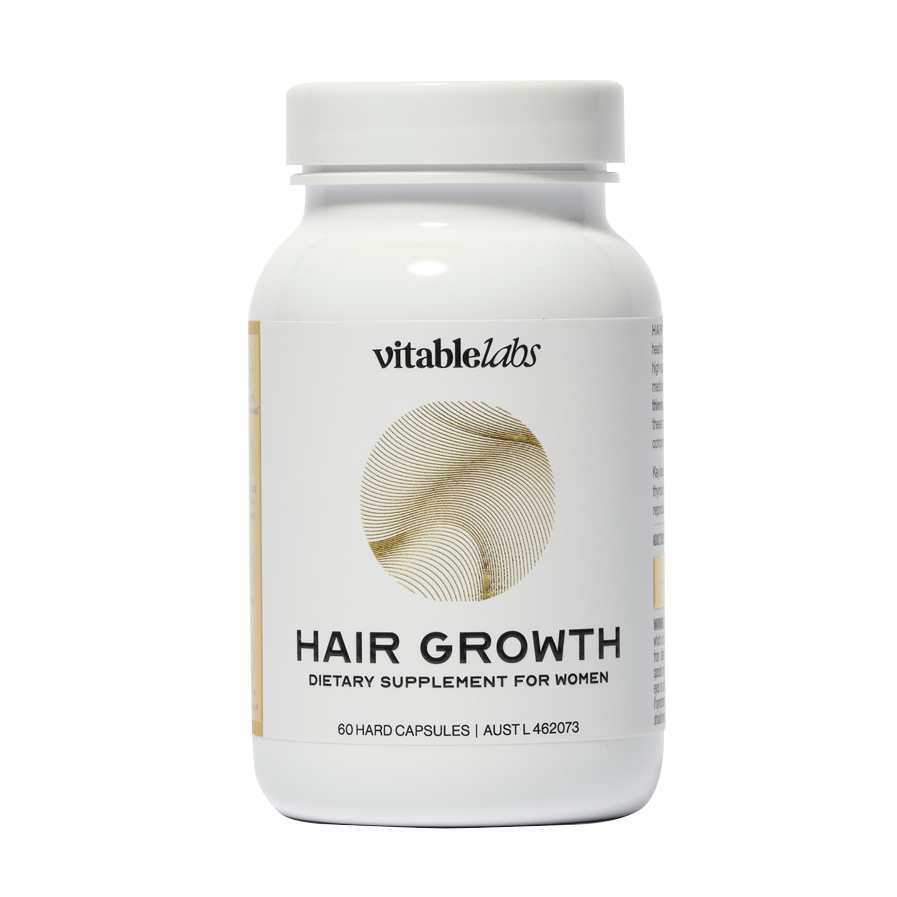Fibre has long been seen as an unexciting but necessary part of a healthy diet, mostly associated with staying regular and often linked to products like Metamucil or All-Bran. For many, that’s where the understanding stops. And despite years of media coverage, there’s still a lack of awareness around what fibre is, why it’s essential for overall health, and how to get adequate fibre into your diet.
What you need to know about Fibre!
Did you know your gut microbiome—the trillions of microorganisms living in your digestive system—plays a crucial role in your health? Fibre is essential for maintaining a healthy gut microbiome, impacting digestion, immunity, metabolism, hormones, mood, cognition, and memory.
When fibre interacts with your gut bacteria, it produces short-chain fatty acids (SCFAs), which are powerful anti-inflammatory molecules. These not only reduce inflammation but also help lower blood pressure, improve cholesterol levels, and enhance insulin sensitivity.
Moreover, fibre naturally promotes weight loss by stimulating the release of GLP-1, a hormone that signals fullness, helping you control appetite without costly medications.
An extensive 2019 study revealed that a high-fibre diet significantly reduces the risks of heart attacks, diabetes, and strokes, and can even extend your lifespan. Yet, around 90% of Australians don’t meet the daily fibre recommendation—30 grams for men and 25 grams for women. So, how can you add more fibre to your diet? Read below to find out!
5 simple ways to boost fibre intake
Here are five ways to effortlessly increase your intake:
1. Legumes
Legumes are high in protein and fibre and have a low glycaemic index (GI), which means they keep you feeling full for longer. For example:
- Lentils: 8 grams of fibre per ½ cup cooked
- Chickpeas: 6 grams of fibre per ½ cup cooked
- Black beans: 7 grams of fibre per ½ cup cooked
- Kidney beans: 6 grams of fibre per ½ cup cooked
Tip: Toss a can of rinsed chickpeas or black beans into salads, blend lentils into your favourite soup or make a delicious homemade hummus.
2. Nuts and Seeds
Nuts and seeds are high in both soluble and insoluble fibre. They help to promote regular bowel movements, reduce constipation, and support gut health. For example:
- Chia Seeds – 2 tablespoons ~ 10 grams of fibre
- Almonds – handful of almonds ~ 3.5 grams
Tip: Add chia seeds, flaxseeds, or almond butter to smoothies, yoghurt, or porridge. They are not only high in fibre but also packed with other nutrients like omega-3 fatty acids.
3. Make Veggies the Star!
Don't just eat vegetables on the side—make them your meal's main focus. Try zucchini noodles instead of pasta, cauliflower rice instead of white rice, or hearty vegetable soups. When eating fruits and vegetables, try to keep the skin on where appropriate. The skins of fruit and vegetables are often high in fibre. Some high fibre veggies include:
- Pear – 1 medium with skin ~ 6 grams of fibre
- Raspberries – 1 cup ~ 8 grams of fibre
- Avocado – 1 medium ~ 10 grams of fibre
- Broccoli – 1 cup cooked ~ 5 grams of fibre
4. Choose Whole Over Refined
Refined grains (i.e. white flour/bread) have had the bran and germ layers removed. In doing this, most of the fibre, vitamins, minerals and phytochemicals are lost. Whole grains, like brown rice, wholemeal bread, and whole-grain pasta, contain nearly double the fibre of their refined counterparts. Making these small switches can dramatically increase your fibre intake, helping control appetite and balance blood sugar
- Oats (rolled or steel-cut) - 1 cup ~ 4 grams of fibre
- Quinoa – 1 cup cooked ~ 5 grams of fibre
5. Boost your Fibre Intake with Vitable Clean Greens Powder
If you’re feeling limited with food choices, you’re a picky eater, or you’re simply just struggling to get enough fibre, a supplement can be helpful. For an easy way to add more fibre and gut-supporting nutrients to your diet, Vitable Clean Greens provides a convenient solution to fill the gaps.
Vitable Clean Greens is packed with organic greens, antioxidants, and premium fibre to help maintain a healthy digestive tract while keeping bowel movements regular. Key ingredients like clinically studied Sunfiber®, a soluble fiber that is gentle on your system. It is a partially Hydrolyzed Guar Gum (PHGG) which acts as a prebiotic fibre, encouraging the growth of beneficial gut bacteria and producing short-chain fatty acids that enhance metabolism and gut function. PHGG is renowned for its ability to alleviate constipation and diarrhea, promoting regular bowel movements. It achieves this by optimising the pace at which food moves through the gut, improving stool consistency without causing excess gas or bloating.
Important things to consider
Fibre needs to absorb fluid in your gut, so you must be drinking enough water to get the full benefits. Most people need about 2-3 litres of water per day. Without enough water, your stools may be too hard and difficult to pass. Also, your gut can take some time to adapt to a higher fibre diet, so increase your fibre slowly to avoid temporary digestive symptoms like bloating and gas. It’s very important to gradually increase your fibre intake to allow time for your digestive system to adjust.
If you’re unsure about how much fibre is appropriate for you, consulting a healthcare professional or nutritionist can provide guidance tailored to your needs.
References
- Carbohydrate quality and human health: a series of systematic reviews and meta-analyses https://pubmed.ncbi.nlm.nih.gov/30638909/
- American Gut: an Open Platform for Citizen Science Microbiome Research https://journals.asm.org/doi/10.1128/msystems.00031-18
- Dietary Fiber Intake and Gut Microbiota in Human Health
https://pmc.ncbi.nlm.nih.gov/articles/PMC9787832/







